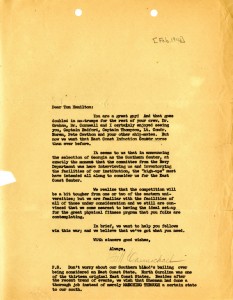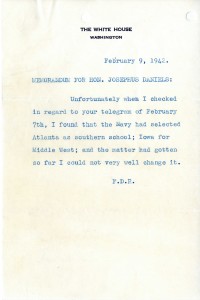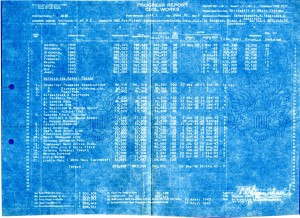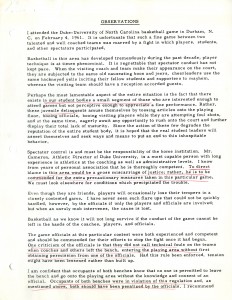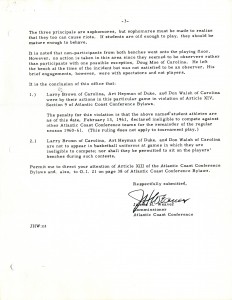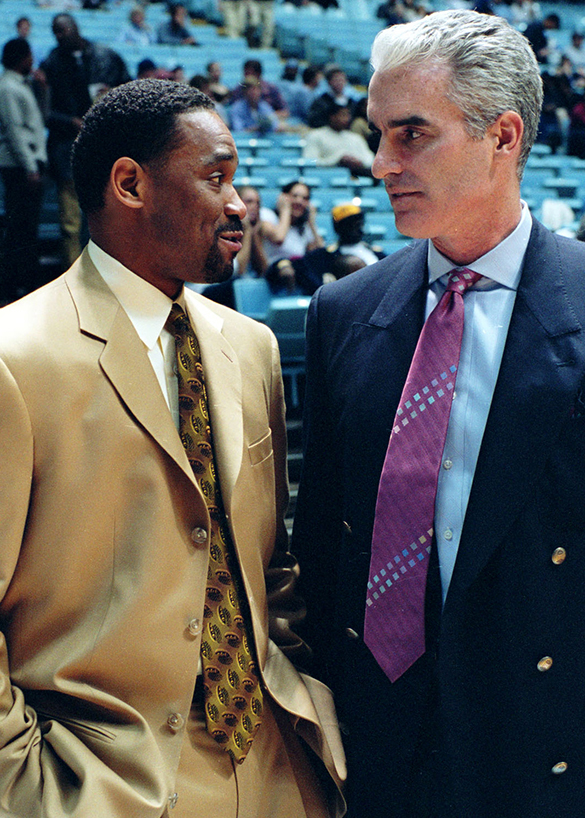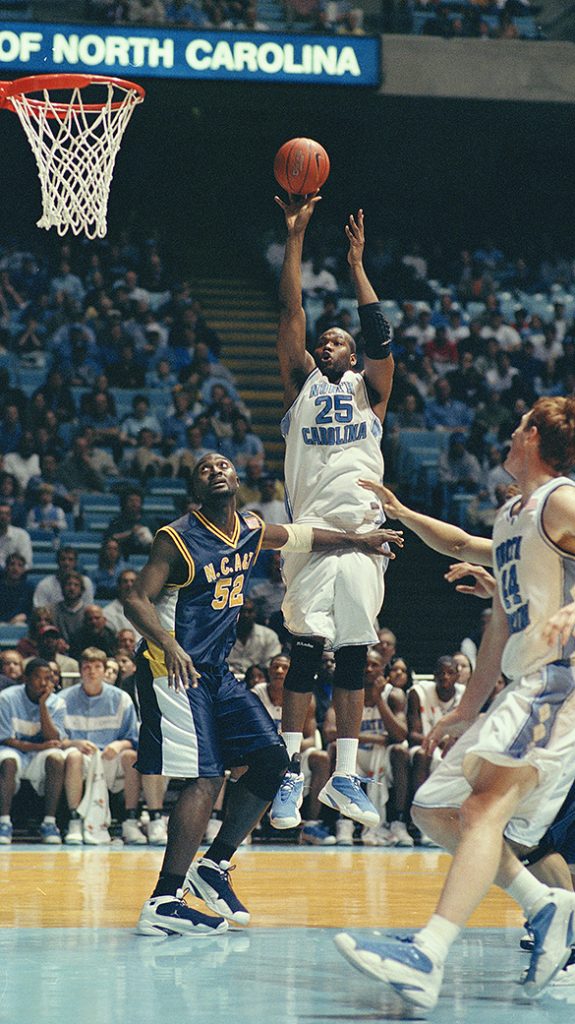It ain’t over til it’s over.
—Yogi Berra (12 May 1925–22 September 2015)
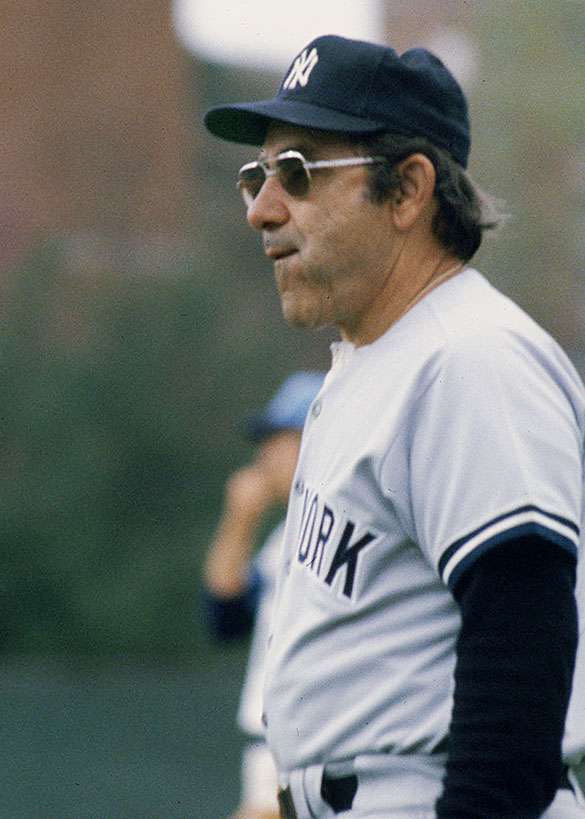
New York Yankees coach Yogi Berra during an exhibition game against UNC-Chapel Hill baseball team in Boshamer Stadium, April 2, 1979. (Cropped by the editor from a 35mm slide by Hugh Morton.)
Yesterday saw the passing of one of baseball’s all-time greats, Lawrence Peter “Yogi” Berra. Like so many other notable people in American history, Berra was a subject of Hugh Morton cameras. His sideline shot of Berra seen above comes from one of the Tar Heels-versus-Yankees exhibition baseball games played at Boshamer Stadium.
Morton may have made his first photograph of Berra from afar while seated in Yankee Stadium’s right field foul line seats during one of the 1960 World Series games versus the Pittsburgh Pirates. There are a few surviving 35mm slides from the game along with others slides, one of which Morton labeled, “SCHOOL CHILDREN ON TRIP TO NEW YORK.” Two of the slides made during the game show Roger Maris and Mickey Mantle at home plate, respectively, and there are a handful of wide-angle views showing of the stadium. If the scene below is the singing of the National Anthem (which is likely because it’s a Kodachrome stamped “1” by Kodak on the slide mount), then Berra is likely standing behind home plate among the umpires.
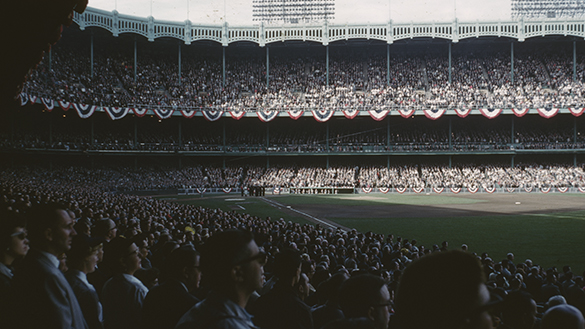
Opening scene of a 1960 World Series game between the New York Yankees and Pittsburgh Pirates at Yankee Stadium. (Cropped from a 35mm color slide by the editor.)
The book Hugh Morton’s North Carolina includes a photograph made, according to the caption, in May 1999 of Yogi Berra posed with Richard Cole, then dean of UNC’s School of Journal and Mass Communications, and his granddaughter Lindsay Berra, who received her degree in journalism from the school in 1999. In that photograph, as in all the photographic prints in the collection, Berra wears a “Fly Ball” tie. Below is a portrait of Berra by Morton. Look closely at the tie to get a sense of Berra’s famous sense of humor.
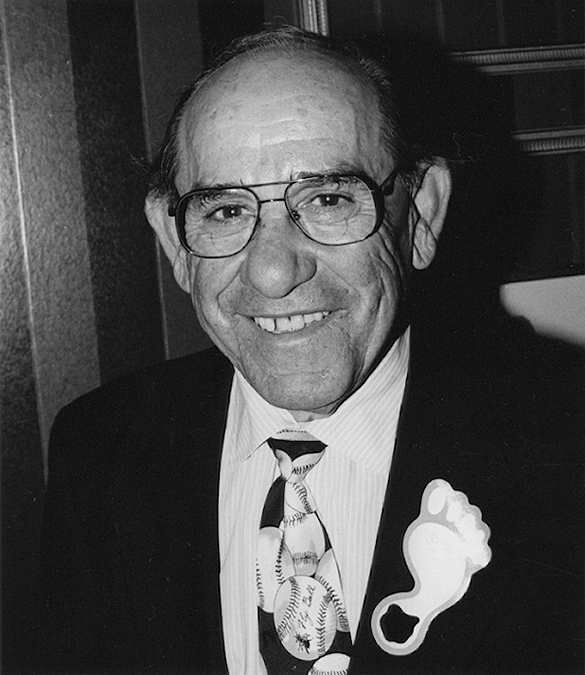
Yogi Berra donning a “Fly Ball” tie and a Tar Heel.
Limited time unfortunately does not permit an in-depth blog post, so below the closing photograph is an excerpt from the Morton collection finding aid for “Berra, Yogi.” The folder of prints contains posed group shots that include the likes of legendary UNC head basketball coach Dean Smith, sportscaster Dick Vitale, John Swofford during his time as UNC athletic director, and other unidentified people. Perhaps some more research can lead to a longer post in the near future. I’ll close today with a scan made from the first item in the excerpted list—the 120 color roll film negative.

Roll Film Box P081/120C-1
Envelope 2.6.46-4-1
Berra, Yogi, 1980s?
Color 120 roll film negatives
1 image
Roll Film Box P081/35BW-4
Envelope 2.6.46-5-1
Berra, Yogi and Dr. John Sanders, 17 February 1996
Black and white 35mm roll film negatives
3 images
Roll Film Box P081/35BW-4
Envelope 2.6.46-5-2
Berra, Yogi and granddaughter, 1990s?
Black and white 35mm roll film negatives
4 images
Print Box P081/8
Folder 2.6.46
Berra, Yogi, 1980s-1990s
Black and white and color prints
8 images

